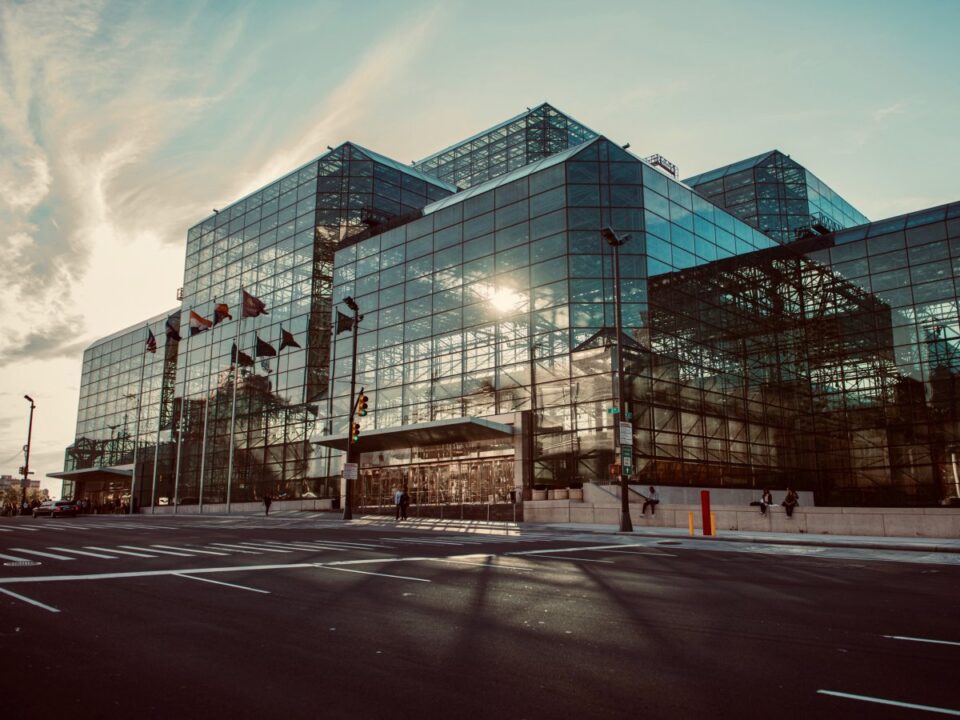
How Vendor Managed Inventory (VMI) Strengthens Supply Chain Resilience and Collaboration
To optimize inventory management, retailers and suppliers are increasingly turning to Vendor Managed Inventory (VMI) tools that transfer the responsibility…
Generix Ushers in a New Era of Intelligent Commerce for Retailers with AI-Driven Innovation Read the press release

Mobile robots—self-operating or associated with a preparer—are very present in warehouses, particularly during the order preparation phase. These machines enable accelerated automation of logistic channels and reduced processing time. As they are now deployed in-store, they can pick up on and indicate missing products to ensure they are restocked and use visual recognition to perform inventory. Some are even able to fill stocks in aisles automatically.
Voice search and visual recognition offer advantages for order placement, as they are omnipresent in the halls of the trade show. In the US alone, 20% to 25% of searches are performed using voice. Voice assistants are increasingly present in all areas of daily life (smartphones, computers, cars, and so on), and even though Google Home and Amazon Echo have not yet fully penetrated the retail market, they will undoubtedly spread to the sector soon enough.
Many start-ups currently occupy the promoter and visual recognition position. The technology is particularly appreciated in the home and fashion industries, where taking a picture of an article for a search engine can return similar references in a seller’s catalogue.
From automatic linear label update to customer analysis, AI is at the heart of recent retail trends. Using intelligent cameras and RFID sensors, automatic registration of products picked up in stores will help eliminate long lines at the register.
Start-ups are continually seeking out innovation, competing to come up with a register-free retail solution. And since artificial intelligence is omnipresent in sales points in many forms, it can help with the transformation and make the customer journey smoother.
MANQUE LE LIEN >> For further reading: Collection: a more customer-focused front office

To optimize inventory management, retailers and suppliers are increasingly turning to Vendor Managed Inventory (VMI) tools that transfer the responsibility…

In an ever-evolving logistics environment, agile and precise warehouse resource management is essential to remain competitive. With increasing volumes driven…

France’s electronic invoicing reform relies on a Y-architecture, where Partner Dematerialization Providers (PDPs) play a central role in issuing and…

Work with our team to build your ideal supply chain software stack and tailor it to your unique business needs.